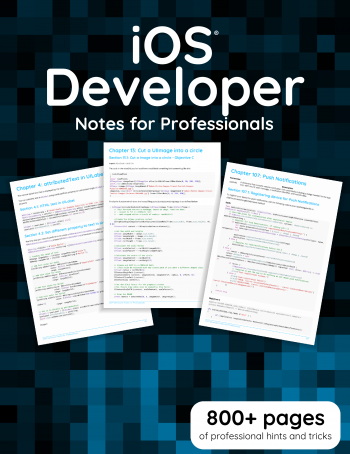iOS Development Notes for Professionals

About this Course
iOS is Apple’s mobile operating system powering iPhone and iPad. Building iOS apps involves using Swift or Objective-C with Xcode, Interface Builder, and a rich set of frameworks. Its design philosophy emphasizes code readability with the use of significant indentation. Python is dynamically typed and garbage-collected. It supports multiple programming paradigms, including structured, object-oriented, and functional programming.
This comprehensive guide covers everything from setting up Xcode and creating your first Swift project to advanced topics like Core Data, concurrency with Grand Central Dispatch, and integrating SwiftUI. You'll learn about data structures, control flow, functions, modules, file handling, object-oriented programming, exception handling, and more. The notes also cover popular libraries like NumPy, Pandas, Matplotlib, and frameworks like Django and Flask.
Whether you’re new to mobile development or transitioning from another platform, these notes provide a thorough reference for building high-quality, performant iOS apps.
PDF Preview
What You'll Learn
- Swift syntax, optionals, and value types
- UIKit views, view controllers, and auto layout
- SwiftUI declarative UI and Combine
- Data persistence with Core Data and Realm
- Networking with URLSession and Alamofire
- Concurrency with GCD and async/await
- Integrating Swift packages and CocoaPods
- App Store submission and best practices



